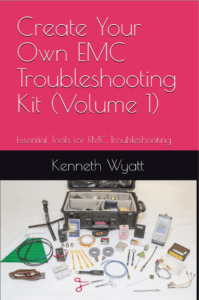 Create Your Own EMC Troubleshooting Kit (Volume 1): Essential Tools for EMC Troubleshooters by Kenneth Wyatt shows you the tools you need to start tackling interference problems.
Create Your Own EMC Troubleshooting Kit (Volume 1): Essential Tools for EMC Troubleshooters by Kenneth Wyatt shows you the tools you need to start tackling interference problems.
Tracking down and mitigating electrical interference isn’t black magic, though some would have you believe that. Armed with some knowledge on how signals travel and with the right tools, you can establish yourself as a local hero who gets engineers out of jams. While you can find plenty of books, application notes, and technical papers on finding, measuring, and mitigating interference, most involve more math than you need or infer that you need spend huge sums of money for high-end equipment. In Create Your Own EMC Troubleshooting Kit (Volume 1), EMC consultant Kenneth Wyatt shows you what to need to get started solving interference problems.
Before you can minimize the effects of unwanted signals on circuits, you must make measurements. Thus, your toolkit needs assorted antennas, current probes, near-field probes, and measurement equipment. Fortunately, the test equipment that Wyatt uses won’t sound the financial alarm. That is, you don’t need a $100,000 EMI receiver when a handheld spectrum analyzer will do. After all, your goal is to reduce interference and its effects on circuits and systems. Let the compliance test labs buy the EMI receiver. You’re just trying to reduce interference problems.
Volume 1 is more than just a list of the items you need in your troubleshooting arsenal. Wyatt provides specs and reviews each piece of test equipment. He explains why he recommends specific instruments, gives tips on how to use them, and suggests which options you should order. When describing the BB60C real-time spectrum analyzer from Signal Hound, for example, Wyatt notes the requirements for an PC that you use with it. He also shows, using instrument screens, drawbacks to test equipment. Remember, we’re talking budget equipment, so you should expect some weaknesses.
EMC measurement is, however, more than just oscilloscopes, spectrum analyzers, vector-signal analyzers, and signal generators. Test instruments are nothing without probes. From this book, you’ll learn which types of probes you need and why. Wyatt starts with near-field probes, of which there are several sets on the market. You’ll learn what H-field and E-field probes do, plus how and when to use them. While Wyatt recommends commercially available probes, he notes that you can save money by making your own. Not only can you save money on probes, but you can also save money on antennas when you don’t need calibrated EMI antennas. Instead, you can use consumer TV antennas such as the log-periodic UHF type; the classic “rabbit ears” help when troubleshooting at frequencies in the former VHF TV band. Figure 1 shows a typical setup using a log-periodic antenna etched from a PCB and available for about $15.
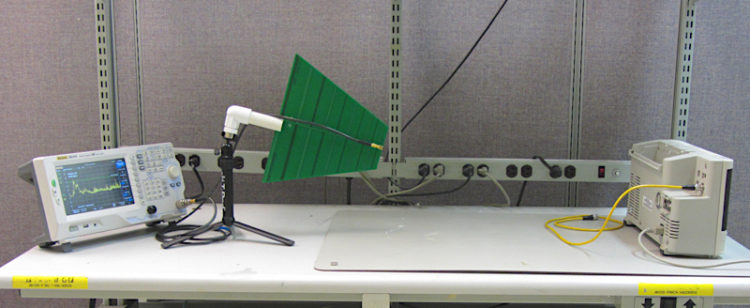
The same savings applies to current probes. Why do you need current probes? Unwanted signals can couple into cables and you need to know how much interference reaches those cables and the equipment under test. While Wyatt shows you some of the commercially available current probes that he uses, he also shows you how to make your own by winding wire around a ferrite core (Figure 2). “I used Teflon coated wire to prevent chaffing issues,” he notes on page 46. These probes with split cores let you surround cable that won’t fit through.
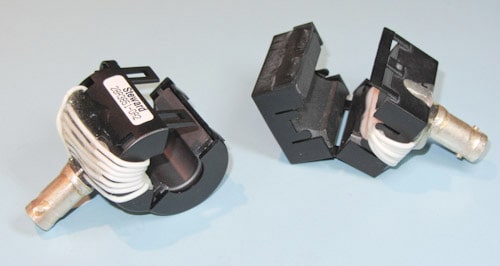
Wyatt also shows a DIY current probe with a larger ring that lets most connectors fit through (Figure 3). These two probes include a connector for attaching a cable for your test equipment.
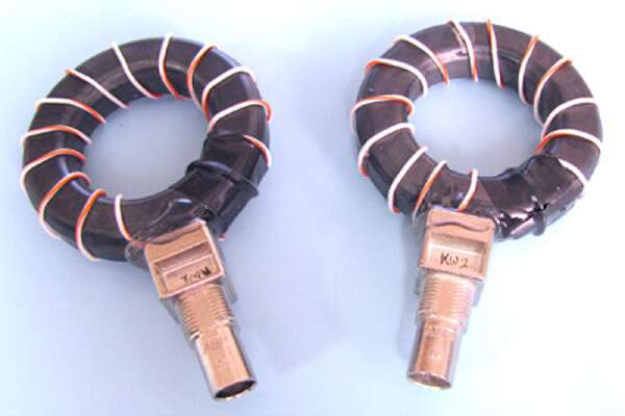
EMC isn’t just about measuring radiated and conducted interference generated by your circuits. It’s also about testing for immunity. That’s where Wyatt discusses how to inject known interference signals into your systems so you can see how the circuits respond. While having a signal generator helps immensely, Wyatt also shows you how to use a relay (Figure 4) to create broadband signals so you can measure how those signals couple into cables.
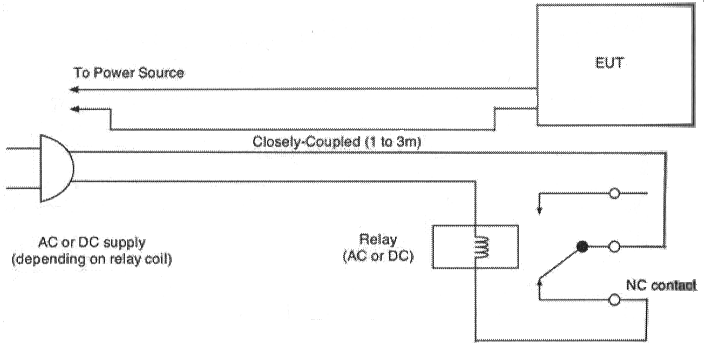
In addition to learning about what you need to become your company’s “go to” EMC troubleshooter, you’ll get an exhaustive bibliography for further reading. That list includes Spectrum and Network Analyzers by EE World contributor Bob Witte. You’ll also get a list of educational websites and companies that supply EMC products for engineers.
Create Your Own EMC Troubleshooting Kit (Volume 1) is the first in a series of three books on EMC troubleshooting. The book is loaded with photos of test equipment, probes, antennas, and screen images. Wyatt’s books are self-published and thus the photos are in black-and white. That’s too bad because Wyatt is also a top-notch photographer. Nevertheless, the scores of photos add greatly to the book’s value, especially for less than $20. It’s available from Saelig for $19.49 and Amazon for $19.95.
Disclaimer: I wrote the forward for this book as well as for the upcoming Volume 2.

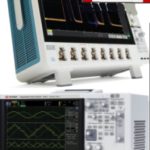


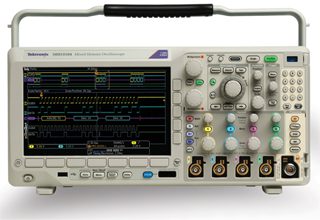

Leave a Reply
You must be logged in to post a comment.